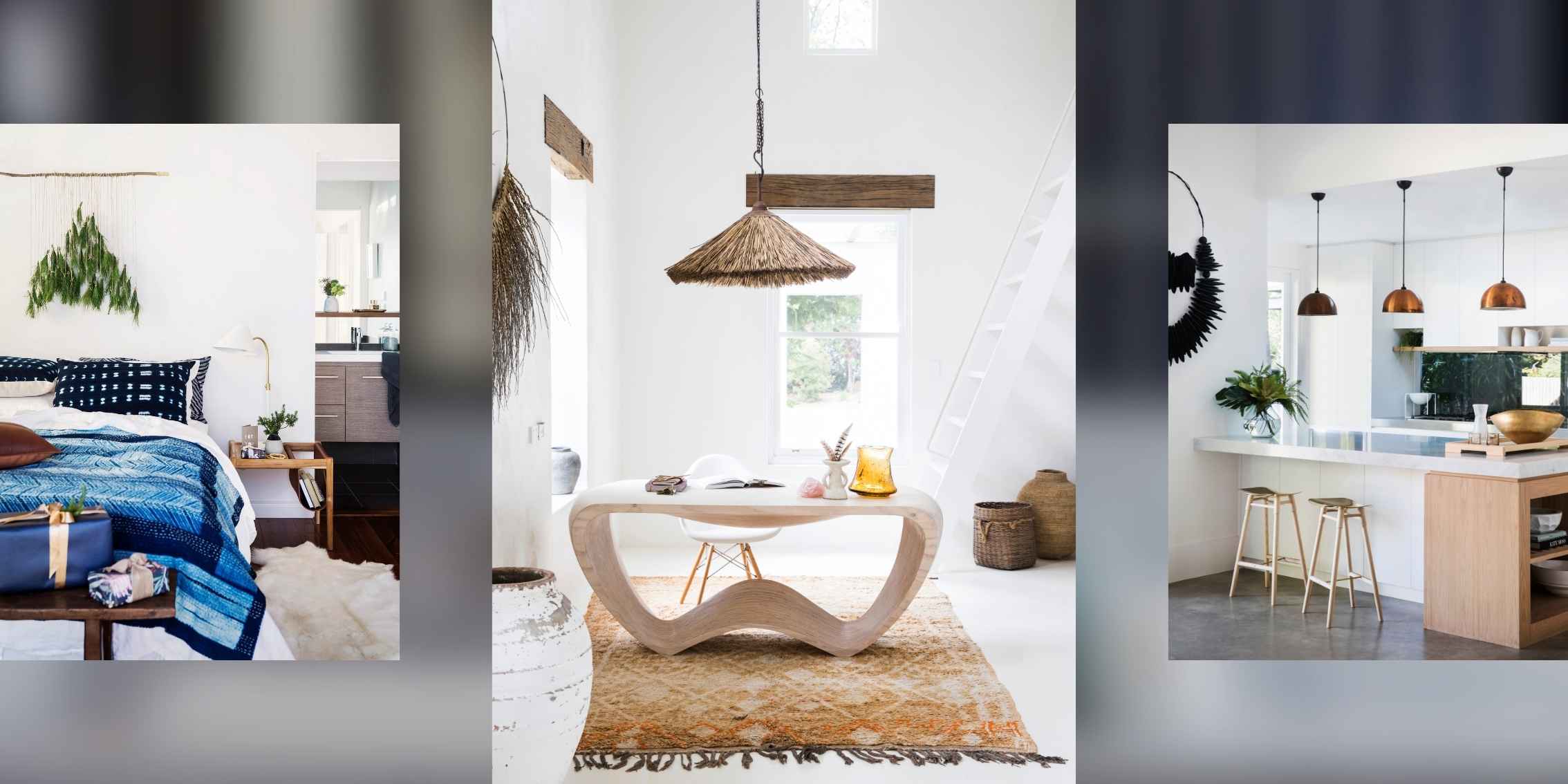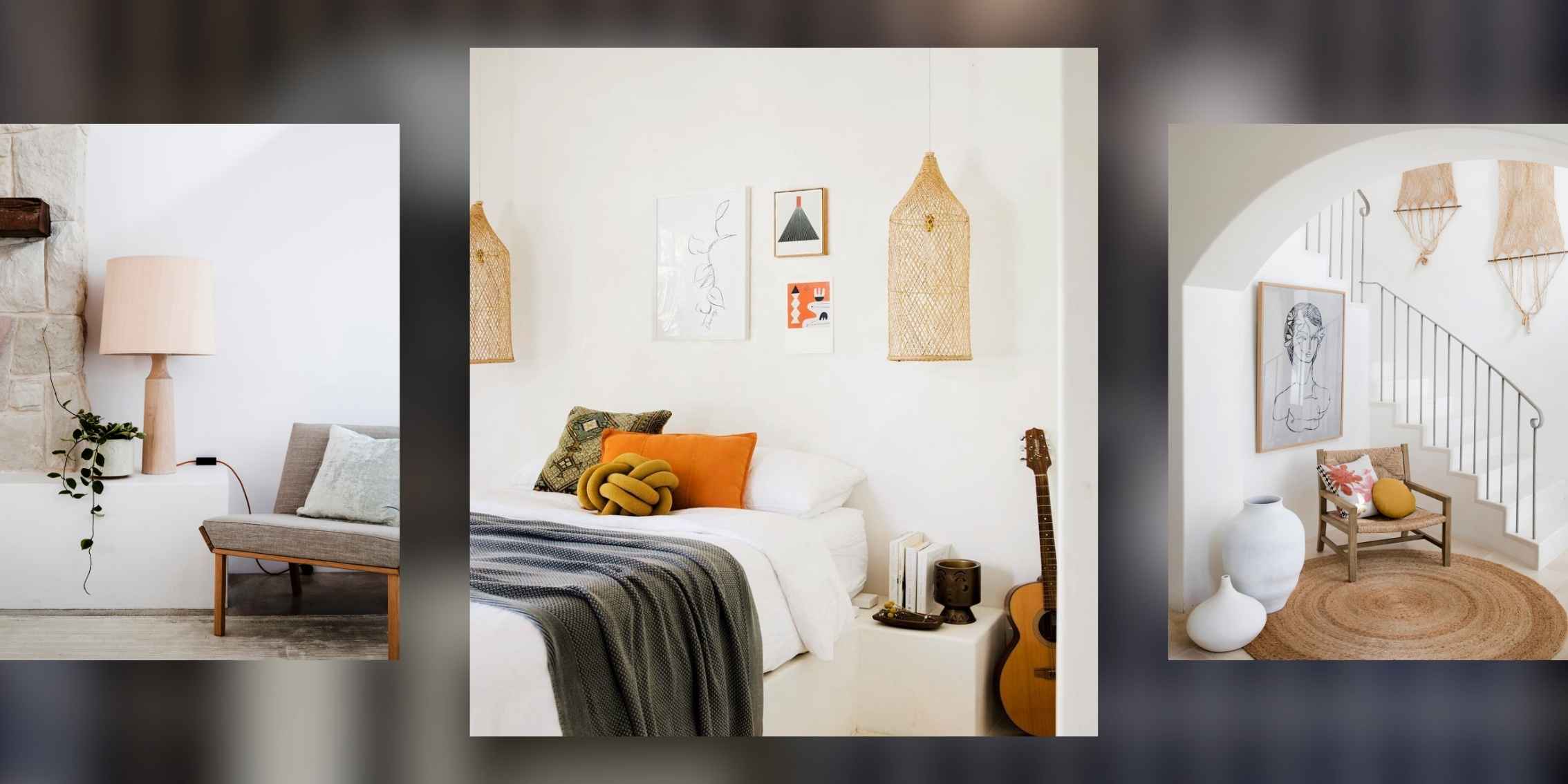Some rooms make you feel instantly more comfortable and welcome. This seamless feeling often results from thoughtful furniture arrangement. How we place our furniture affects not just the look of a room but also its functionality and comfort. In interior design, strategic furniture placement is a powerful tool that can transform any space, making it feel larger, more inviting, and perfectly suited to your lifestyle. In this guide, we’ll explore the key principles and practical tips for mastering furniture arrangement, helping you optimise your space for aesthetics and utility.

Image source: Interior by Graduated #IDIstudent Rachel Peters from @stylistsown
Proper furniture arrangement is often underestimated, it significantly influences the functionality and flow of a room. Aesthetic design and functionality are intertwined, well-placed furniture enhances a room’s visual appeal while ensuring it serves its intended purpose effectively. The strategic arrangement can impact space perception, making even the smallest room feel spacious and welcoming.
To achieve a harmonious and functional space, consider the following key principles of furniture arrangement:
You'll learn more about the principles of furniture arrangement in our course.

Image source: Interior by Graduated #IDIstudent Rachel Peters from @stylistsown
Here are some practical tips to help you arrange your furniture for optimal space use:

Image source: Interior by Graduated #IDIstudent Rachel Peters from @stylistsown
To create a comfortable and aesthetically pleasing space, avoid these common furniture arrangement mistakes:

Image source: Interior by Graduated #IDIstudent Rachel Peters from @stylistsown
Each room in your home has unique needs and functions. Here are some tailored strategies:

Image source: Interior by Graduated #IDIstudent Rachel Peters from @stylistsown
Get creative with your furniture arrangement without breaking the bank by personalising your space with DIY furniture pieces and decor, which add a unique touch and can be more cost-effective. You can also refresh your room by rearranging existing furniture and using decorative items like throw pillows and rugs to create a new look without the need for new furniture.
At The Interior Design Institute, we offer a comprehensive curriculum that covers all aspects of interior design, including the art of furniture arrangement. Our expert instructors provide practical and theoretical knowledge, helping you develop skills that are highly sought after in the industry. In Module 4: Space Planning, you'll learn how to apply design elements to spatial planning, create effective furniture layouts, and understand the role of furniture in interior design. This module is just one part of a broader curriculum designed to prepare you for a successful career in interior design.
Mastering furniture arrangement is essential for creating functional and beautiful spaces. You can transform any room with an understanding of principles such as balance, proportion, and strategic placement. Whether you’re redesigning your home or pursuing a career in interior design, experimenting with furniture arrangements can significantly enhance your skills and creativity. Ready to elevate your interior design abilities? Contact us to enrol in our interior design course today. Let’s turn your passion into a profession with exciting career opportunities.
Lassen Sie sich inspirieren von Kreativität und Fachwissen durch unsere zahlreichen Blogbeiträge zum Thema Innenarchitektur, Interior Design und Raumgestaltung und freuen Sie sich auf Präsentationen von Teilnehmenden und Experten.